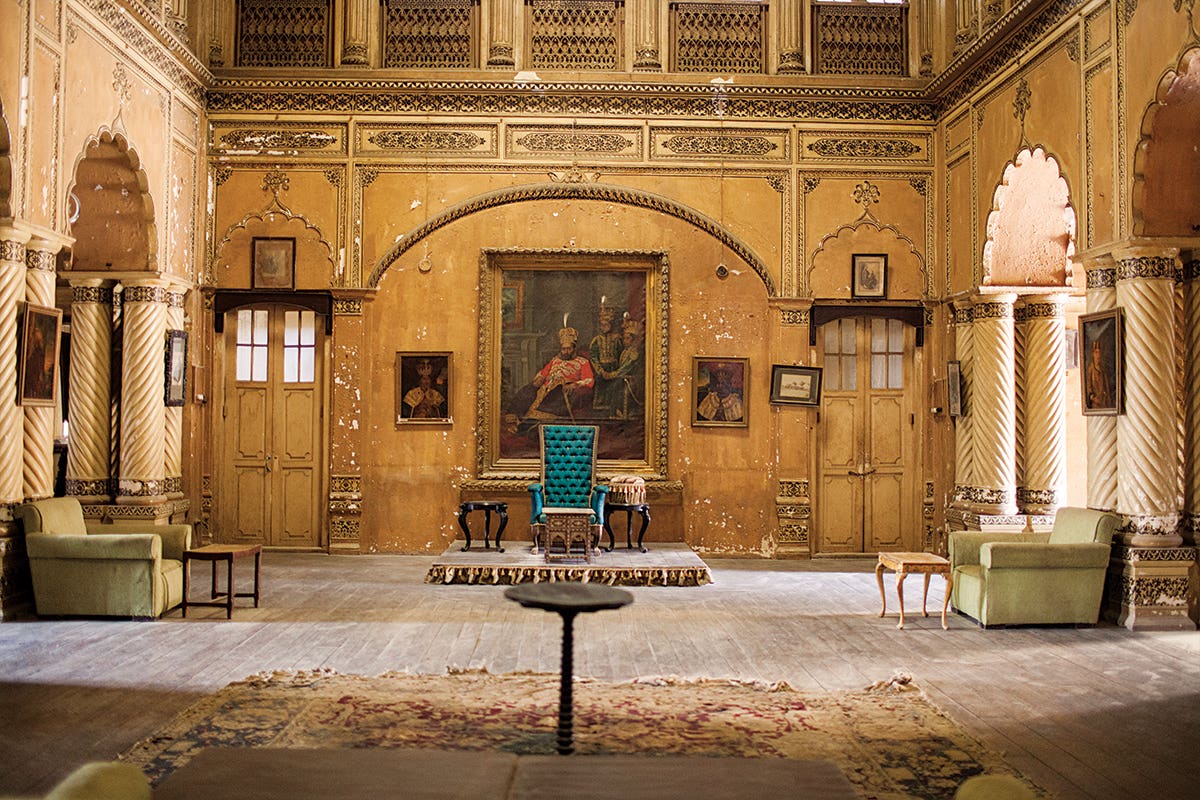
North: Lucknow (Raja’s Palace)
Photographs of the deteriorating yet grand palace of Sulaiman Khan, the raja of Mahmudabad, show that the courtly legacy of his ancestors lives on. These photographs first appeared in our August/Septemeber 2014 issue with Holly Shaffer's story "Soul of the Palace."








Keep Reading
Continue to Next Story










